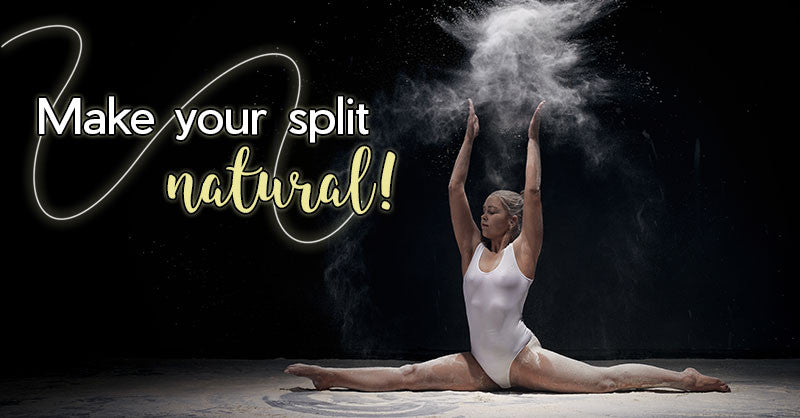Conquering the Kip
Posted by EasyFlexibility Team on
There is no denying that a kip is a staple move for any gymnast. Whether you are training for the Olympics, or learning your grades- you can’t make it as a gymnast without this skill. Once you have mastered it, there is no stopping you on bars, yet there is nothing more frustrating than learning it!
The complexity of this skill requires great timing, strength and flexibility. Luckily there are many drills that can simplify learning this skill as a whole; making coaches and gymnasts lives a little easier! It can seem daunting to know where to start because almost every muscle is engaged in this skill.
Here we will look at one of the most common mistakes when learning the kip.
With so many gymnastics moves requiring an immense amount of strength, most gymnasts focus their training on becoming stronger and more powerful or explosive. The problem with this is that as the muscles grow in size, it can limit the body’s ability for certain joints to access their full range of motion. Strength and flexibility must work in harmony- especially in gymnastics.
The above photo illustrates an exercise from our Pike Mastery Program to make your gymnastics kip stronger.
When referring to a kip, many coaches teach the ‘leg lift’ section as ”toes to bar.” Whilst this provides a clear visual reference for the gymnast, it is incorrect. The gymnasts’ toes need to reach much higher than the bar, to almost a ‘candle stick’ position to propel the rest of their body up and over the other side of the bar. A fantastic Zaichik Stretch to use when learning this element of this skill can be found below:
As you can see from the video, it is vital that the stretch targets the adductor magnus, gracilis, gluteus maximus and of course, the hamstrings.
Zaichik Stretching works because it is done dynamically. The movement within the stretches allows the gymnasts to propel their hamstrings and hip joints into an extended range of motion, helping them to stretch further than before. During the kip, as the toes reach beyond the bar- not TO the bar- the upper body can catch the downward swing and is in a better position to grasp the skill.
Make It Happen
With the increased lengthening action happening at the hamstrings and gluteus maximus, the quadriceps and tensor fascia latae can further contract to help create a tighter ‘pike’ shape on the bar. Gymnasts should keep their ankles glued together with their core engaged. Keeping the head in neutral alignment during the kip is important so as not to place any additional stress on the upper body.

After months and months of practice, all your gymnasts may need could be this small change in one element of the skill. Try the exercise below to build your strength and flexibility for this skill:
- Start in a seated position with the legs extended straight out in front of you.
- Keeping the legs straight, lean back and lift the legs into the air. Try to reach a 45 degree angle. You can keep you hands on the floor behind you for your support. This is the Leverage position.
- Lower the legs with control and fold forward, trying to reach your hands to your feet (or past your feet). This is the Target.
- Repeat 5 times.
Give the stretch a go and see how it can help you!
Check out our Gymnastics Pike Mastery Video by clicking on the photo below!
© ElasticSteel Corp., EasyFlexibility, Paul Zaichik, et. El., 2022. No part of the materials available through ElasticSteel.com, EasyFlexiiblity.com, site may be copied, photocopied, reproduced, translated or reduced to any electronic medium or machine-readable form, in whole or in part, without prior written consent of Paul Zaichik EasyFlexibility.com, Elasticsteel.com.. Any other reproduction in any form without the permission of Paul Zaichik EasyFlexibility.com, Elasticsteel.com is prohibited. All materials contained on this site are protected by United States copyright law and may not be reproduced, distributed, transmitted, displayed, published or broadcast without the prior written permission of Paul Zaichik, EasyFlexibility.com, Elasticsteel.com.







